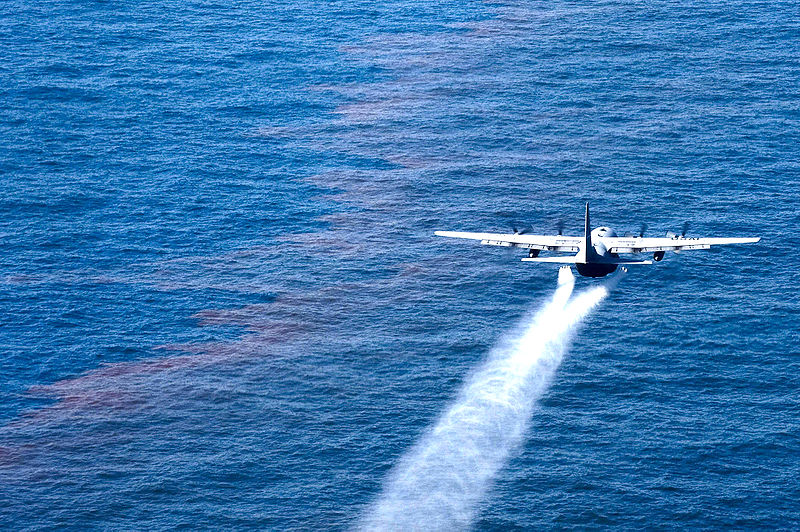Science News
Dispersants and Toxicity

Yesterday, the Environmental Protection Agency released its first rounds of testing on the toxicity of the dispersants used to combat the oil in the Gulf of Mexico. Dispersants are a group of chemicals designed to be sprayed onto oil slicks to accelerate the process of natural dispersion.
The EPA’s findings? Testing eight dispersants on small fish called the inland silverside fish and mysid shrimp, the dispersants were found only slightly toxic, or not toxic at all. (The heavily used and criticized Corexit 9500 was in the slightly toxic category.)
At a press conference, Paul Anastas, the EPA’s Assistant Administrator reminded us that “oil is enemy number one in this crisis” and all of the dispersants used are less toxic than the oil to these small fish. But he also stressed this is only the first round of testing. According to a statement released after the conference, EPA Administrator Lisa P. Jackson, had this to say:
[The] EPA is performing independent tests to determine the potential impacts of various dispersants. We will continue to conduct additional research before providing a final recommendation. We want to ensure that every tool is available to mitigate the impact of the BP spill and protect our fragile wetlands. But we continue to direct BP to use dispersants responsibly and in as limited an amount as possible.
The next step will be testing the toxicity levels of the dispersant combined with crude oil.
The scientific community seems to be relieved that at least partial testing has been done on the dispersants. From today’s New Scientist:
Carys Mitchelmore, a toxicologist at the University of Maryland and co-author of a 2005 National Research Council report on the use of oil dispersants, told New Scientist she would like the EPA to also test how dispersants in the water affect sea animals in the long term, including their rates of survival, growth, and reproduction.
Previous safety tests have been accused of having wildly inconsistent results and inadequate control measures. "Now you can at least believe this data," says Mitchelmore, who has been a vocal critic of the earlier tests.
Why use dispersants in the first place? The dispersants work well in breaking up the oil to prevent it from reaching the shore. Popular Science ran a great article about how dispersants work (with video!) about a month ago. Also, National Geographic posted this article yesterday about how hurricanes may work as a natural dispersant.